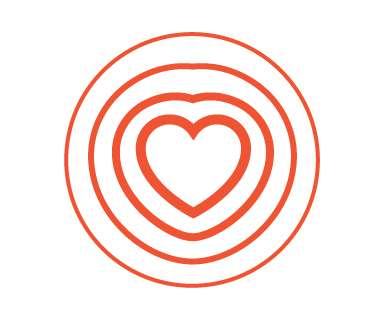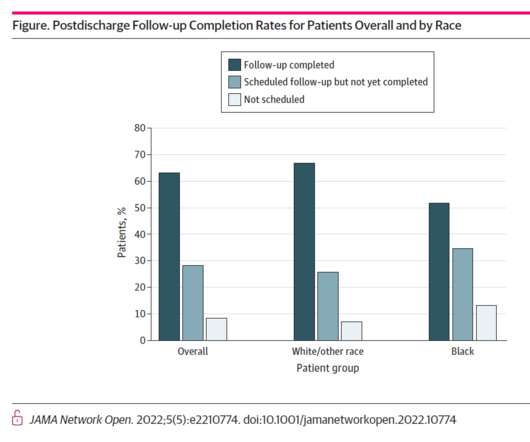A ‘SEET’ at the Table: Managing the Four Drivers of Patient Experience
Walker Info - Patient Experience
JANUARY 20, 2025
Each a small but powerful gesture to ease the patients fear and transform the interaction into one of care and connection. This is patient experience. Hospitals with higher patient experience scores report a 161% better net margin than competitors with low scores. [1] Patient experience influences provider loyalty.
















Let's personalize your content